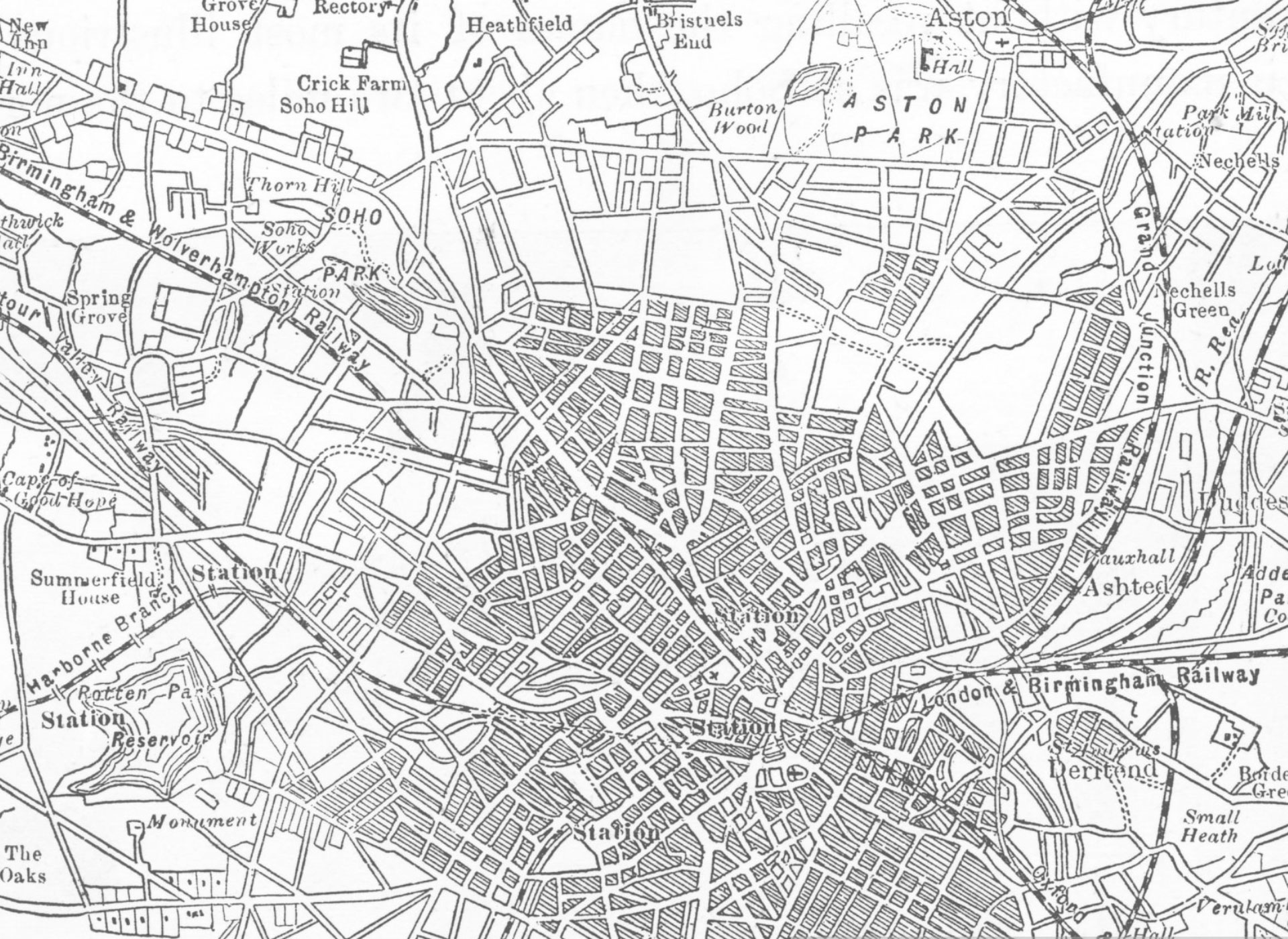Causing Serious Injury by Careless or Inconsiderate Driving | New Sentencing Guidelines

On the 1 July 2023 the Sentencing Council published new Sentencing Guidelines (‘the New Guidelines’) for those convicted of the Offence.
Helen Holder of KANGS outlines the New Sentencing Guidelines.
The Offence
Section 87 of The Police, Crime, Sentencing and Courts Act 2022 states:
‘(1) A person who causes serious injury to another person by driving a mechanically propelled vehicle on a road or other public place without due care and attention, or without reasonable consideration for other persons using the road or place, is guilty of an offence.’
The Offence is an ‘either way’ offence meaning one that it can be tried by either a Magistrates’ Court or the Crown Court. The maximum penalty that can be imposed is two years’ imprisonment by the Crown Court.
The New Sentencing Guidelines
The New Guidelines are effective from 1 July 2023.
The first step the Court must consider is culpability. Culpability is split into three categories A – High Culpability, B – Medium Culpability and C – Lower culpability.
The features used to designate into each category are:
| A – High Culpability | B – Medium Culpability | C – Low Culpability |
| Standard of driving was just below threshold for dangerous driving and / or includes extreme example of a culpability B factor | Unsafe manoeuvre or positioning | Standard of driving was just over threshold for careless driving |
| Engaging in brief but avoidable distraction | Momentary lapse of concentration | |
| Driving at a speed that is inappropriate for the prevailing road or weather conditions | ||
| Driving impaired by consumption of alcohol and/or drugs | ||
| Driving vehicle which is unsafe or where driver’s visibility or controls are obstructed | ||
| Driving impaired as a result of a known medical condition and/or in disregard of advice relating to the effects of medical condition or medication | ||
| Driving when deprived of adequate sleep or rest | ||
| The offender’s culpability falls between the factors as described in Culpability A and C |
After assessing culpability, the Court must then go on to consider the level of harm by weighing up all factors in the case to designate a Category 1 or 2.
| Category 1 | Category 2 |
| Particularly grave and/or life-threatening injury caused | All other cases |
| Injury results in physical or psychological harm resulting in lifelong dependency on third party care or medical treatment | |
| Offence results in a permanent, irreversible injury or condition which has a substantial and long term effect on the victim’s ability to carry out normal day to day activities or on their ability to work |
Having determined the categorisation for culpability and harm the Court consults a table which indicates a starting point to reach a sentence within the category range. The table is copied below:
| Harm | Culpability | ||
| A | B | C | |
| Harm 1 | Starting Point1 year’s custodyCategory Range26 week – 2 years’ custody | Starting Point26 weeks custodyCategory RangeHigh Level Community Order – 1 year’s custody | Starting PointHigh Level Community orderCategory RangeMedium level community order – 26 weeks custody |
| Harm 2 | Starting Point26 weeks’ custodyCategory RangeHigh Level community order – 1 year’s custody | Starting PointHigh level community orderCategory RangeMedium level community order – 26 weeks’ custody | Starting PointMedium level community orderCategory RangeLow level community order – high level community order |
In considering where to place the offence in the range the court will take aggravating and mitigating factors into consideration; such as:
Aggravating factors:
- Victim was a vulnerable road user, including pedestrians, cyclists, horse riders etc.,
- Driving for commercial purposes,
- Other driving offences committed at the same time as the careless driving,
- Passengers in the offender’s vehicle, including children.
Mitigating Factors:
- No previous convictions,
- Remorse,
- Age and/or lack of maturity,
- Actions of the victim or a third party contributed significantly to collision or injury,
- The victim was a close friend or relative,
- Efforts made to assist or seek assistance for victim.
Other considerations:
- Further established sentencing principles will then be applied, such as, reduction for guilty plea and totality in order to reach final sentence.
- It is also of note that the New Guidelines relate to a single offence resulting in injury to a single victim. Where there is more than one victim injured, it would be appropriate to make an upwards adjustment from the starting point.
Ancillary Orders:
- There is a minimum disqualification period of twelve months for the Offence. If a person has been disqualified two or more times for a period of at least fifty-six days in the three years preceding the commission of this offence, the disqualification period will be for two years.
- The Court has the discretion to disqualify until an extended driving test is passed. This discretion is likely to be exercised when there is evidence of inexperience, incompetence or infirmity or the disqualification is lengthy, such that the offender will be barred from driving for a considerable period of time.
- The period of disqualification may be reduced or avoided if there are Special Reasons relating to the Offence only. For more about Special Reasons, please follow the link: Special Reasons
How Can We Help?
It is evident from the new Sentencing Guidelines that conviction for the most serious categorisation for the Offence will result in a custodial sentence.
For any person being investigated for, or having been charged with the Offence, or any driving offence it is important to obtain legal representation as soon as possible.
We welcome enquiries, if you need assistance please contact us using the details below:
Tel: 0333 370 4333
Email: info@kangssolicitors.co.uk
We provide an initial no obligation consultation from our offices in London, Birmingham, and Manchester. Alternatively, we provide initial consultations by telephone or video.






